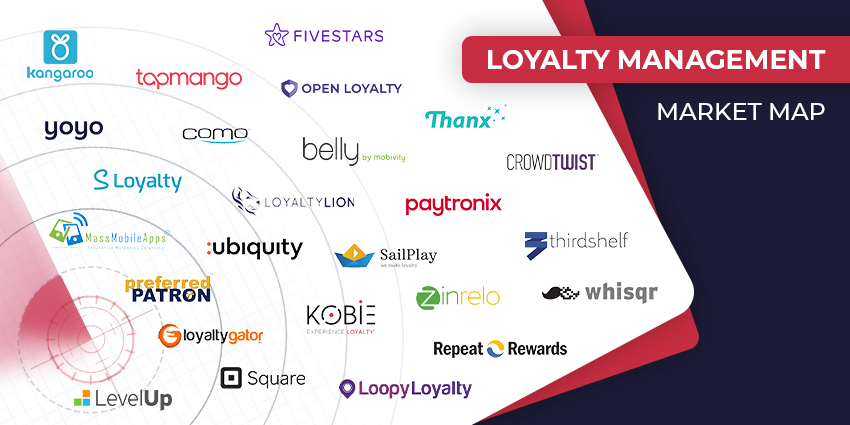Deployed intelligently, discounts are valuable tools in the battle for customers’ online spending, acting as important triggers for purchases and upsells. Intense competition, however, means many retail organisations use discounts in ways that undermine revenues.
Many websites, for example, bombard consumers with discounts from the moment they arrive on a home page, which is both unscientific and counterproductive. Firstly, it irritates consumers who want to do some fact-finding before making a decision on a holiday or a new car. Secondly, it severely erodes margin by giving discounts to customers who were always likely to make a purchase in any case. And thirdly, these kinds of crude tactics create the impression of a “pile them high and sell them cheap” approach, which damages brand prestige in many sectors.
These mistakes happen because companies do not know enough about consumers when they come to the website and are unable to segment them in any sophisticated way. By sophisticated I mean according to how they behave on the site now and previously, and according to what they have bought.
In many cases, brands will simply use discounts to keep consumers on the site at all costs, when with smarter segmentation they could save themselves time and margin by targeting only realistic prospects. It is worth remembering some global companies have huge bounce rates but are highly profitable because they do not waste resources on “tyre-kickers”.
Of course, some consumers want an offer as soon as they arrive, but how do you know who they are? Each company and its website is different, but so is each consumer. Differentiating between them takes some clever segmentation.
Unfortunately, many companies still do not have any means of using offers intelligently as highly-targeted tools for sales conversion. Instead of churning out codes, brands should be using offers and discounts in exchange for an activity they want consumers to complete, such as placing an item in their basket or providing an email address. The smart use of discounts pinpoints web visitors who are at a certain stage in the customer journey and targets them with the right incentive to purchase.
AI Makes Discounts Successful Through Smart Segmentation
What companies lack is access to more advanced AI-based innovation that allows them to segment website visitors and customers accurately, in real-time and at scale, using behaviour analysis. This is becoming a much greater priority because third-party cookies are set to disappear, out of concerns about privacy among the big browser operators. Apple and Firefox have already acted (and in different ways), and the most significant player of all – Google – will follow in 2022. Organisations will still be able to use their own first-party cookies for their own domains, but the use of third-party cookies to monitor what visitors do on other domains will end.
This far-reaching change will block up the pipeline of data brands use to optimise interactions with web visitors. It means each brand has to squeeze far more value out of its own website data so it can personalise interactions and get to know customers rapidly. Once that is achieved, it will no longer be necessary to hit every person with the same offers and discounts as soon as they arrive.
The only certain way of achieving this is through AI-driven technology that has the speed and capacity to analyse and act on the data generated by consumers as they visit a website. This stores just the unique ID of the user in a first-party cookie so is not affected by privacy restrictions, remembering each visit but without using any other information.
Smart segmentation applied to the data enables brands to apply any of hundreds of rules so they can divide shoppers according to the details of their behaviour. Brands can see when consumers are close to buying or have “exit intent” and are about to leave the website. This ability to understand and act on customer behaviour leads to increases in conversions that can exceed 100 per cent and drive up average order values in markets from hotels and holidays to cars and luggage.
A discount timed for exactly the right moment converts a prospect as they hesitate or look set to leave the site. Some sites, for example, have huge product ranges, some of which are restricted. With an AI-driven solution it is possible to work out how to incentivise higher value purchases using discounts or offers relating to non-restricted stock, for example.
Companies in all sectors need to think hard about adopting this more sophisticated and personalised approach using AI because there are, in truth, no real alternatives. Unless, that is, organisations remain happy to erode their profitability through a scattergun approach to discounts and offers. If organisations act now, they can be up and running within weeks, long before “cookiegeddon” arrives. They can enjoy all the increased revenues that flow from smart segmentation without disruption, and without wasting time, effort and money in the indiscriminate use of discounts.
Guest Blog by Andy McNab, VP EMEA, Fanplayr







